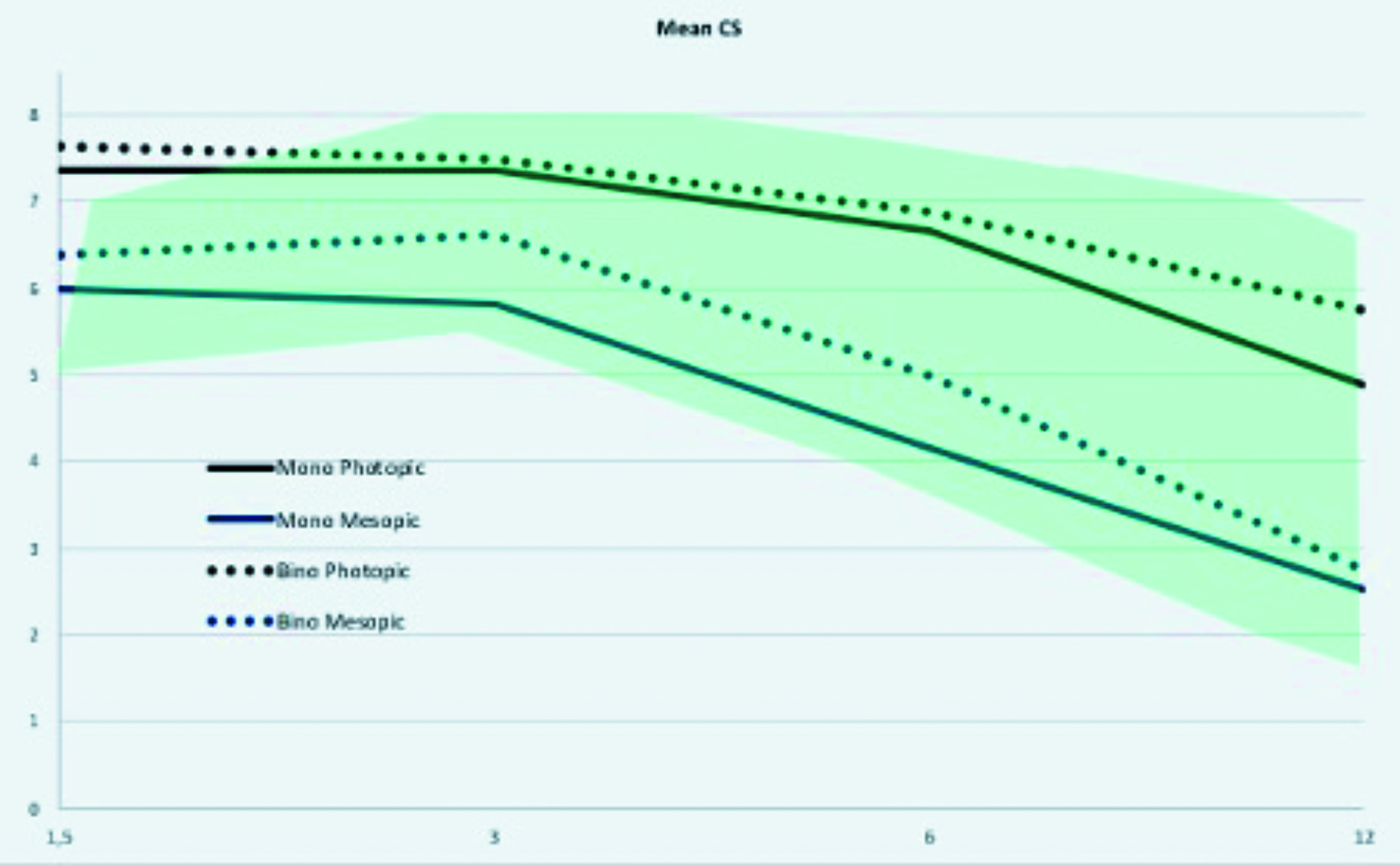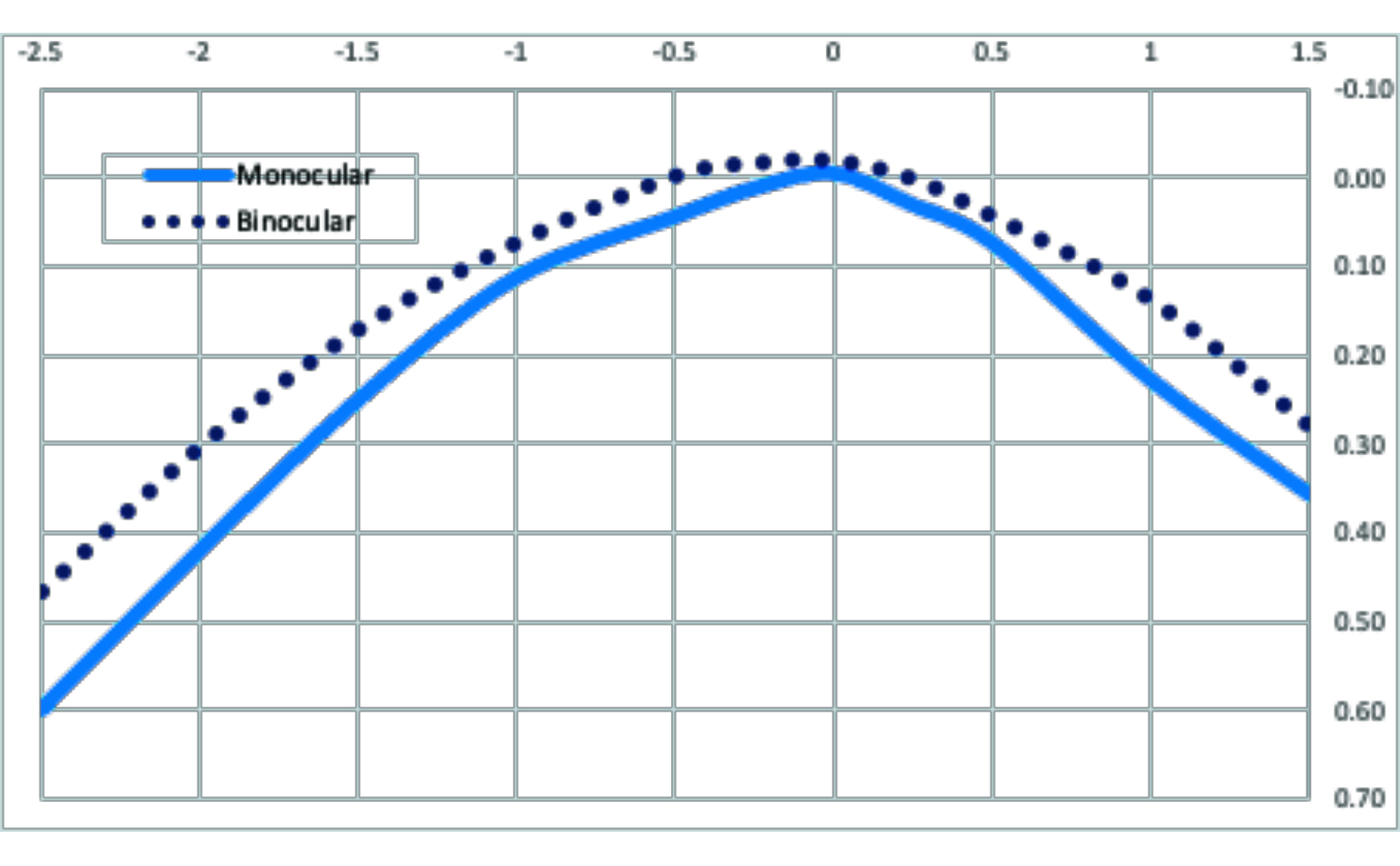Enhanced quality of vision at all distances with an increased depth of focus and a reduced incidence of visual side-effects are just some of the features that characterise the latest generation of premium IOLs coming onto the market, according to a number of speakers at the ESCRS Winter Meeting online.
“The good news is the premium lens market is growing and all the market indicators are that this is a global phenomenon,” said Kieren Darcy FRCOphth of the Bristol Eye Hospital, Bristol, United Kingdom.
Dr Darcy noted the categorisation of a “premium” lens is hotly debated and often confusing for surgeons and patients alike.
“In reality, this is only relevant to the patients in terms of will they be fully spectacle independent, will they need reading glasses for some tasks, or will they remain reliant on glasses for a lot of activities. Trifocal IOLs that offer a full range of focus and very good outcomes currently predominate in the premium lens market. However, there are certain factors such as vocational and lifestyle requirements and personality traits that can make these lenses unsuitable for some patients,” he said.
Dr Darcy presented his early clinical impressions of the AcrySof IQ Vivity (Alcon), a non-diffractive extended depth of focus (EDOF) lens. “This lens aims to improve on earlier model EDOF IOLs by offering an increased range of focus but with the visual disturbance profile we would normally only expect in a monofocal lens,” he said.
The IQ Vivity consists of two smooth-surface transition elements that stretch and shift the wavefront across the entire optic without splitting the light, explained Dr Darcy.
“The result of this technology is no light splitting and a monofocal visual disturbance profile, which was borne out by the results of two clinical trials,” he said.
Summing up, Dr Darcy said that while more real-world data is needed, his initial clinical impression of the lens has been largely positive.
“I think blended vision with a -0.50 D difference in the non-dominant eye offers really good potential with this lens. It is best to try to avoid hyperopic outcomes as near and distance vision are disproportionately affected. I would also advise to minimise residual cylinder similar to other platforms as it compromises the distance vision,” he said.
TRANSITION ZONE
Promising results have also been obtained with another premium lens, the LuxSmart EDOF preloaded IOL (Bausch + Lomb), a one-piece hydrophobic acrylic lens with a four-point fixation and a 360-degree square-edge design.
Presenting his initial clinical experience with the lens, Pavel Stodulka MD, PhD, Gemini Eye Clinic, Zlin, Czech Republic, explained the IOL has a biconvex, aspheric optic with an EDOF centre, a patented transition zone, and a monofocal periphery. The lens creates a continuous area of vision and has no diffractive rings.
“The 2.0mm central part of the lens contains a pure refractive optic that combines sixth-order and fourth-order spherical aberration (SA6 and SA4) of opposite signs to optimise the depth of focus,” said Dr Stodulka.
The lens comes preloaded and is injected into the capsular bag through a 2.2 mm incision.
“The IOL unfolds smoothly and is easy to rotate and centre with the support of its four haptics. In our first patients we noticed a slight tendency towards a myopic outcome so we have since adjusted the A-constant from 119.2 to 118.6 in order to attain emmetropia in most eyes,” he said.
While longer follow-up is needed to confirm the initial results, Dr Stodulka said LuxSmart lens offers high-quality distance and intermediate vision and even some improvement in near vision and a significantly lower risk of dysphotopsias compared to trifocal lenses.
PUPIL INDEPENDENCE
In a separate presentation, Rafael Bilbao-Calabuig MD, PhD, FEBOS-CR Baviera Clinic, Madrid, Spain, said he has been impressed with the clinical performance of the ISOPURE (PhysIOL) lens, a premium monofocal IOL with extended depth of field.
The optic of the ISOPURE lens uses polynomial complex surface design parameters to extend the depth of focus compared to standard monofocal IOLs.
“The lens is purely refractive and fine-tuned for pupil independence and is made of a hydrophobic glistening-free material with a four-closed haptic design for stable positioning and comfortable insertion,” he said.
In initial results, the ISOPURE provided very good distance vision quality combined with a visual improvement in intermediate vision by accentuating the EDOF effect without inducing photic effects, he said.
“Compared to its monofocal predecessor, it offers similar distance vision, similar photopic and mesopic contrast sensitivity curves, a clear improvement in defocus curve, and better tolerance to residual ametropia,” he said.
Dr Bilbao-Calabuig said employing a mini-monovision strategy with the lens improves binocular intermediate vision without significantly altering the binocular distance and near vision.
“We have achieved a high level of patient satisfaction with very reasonable levels of spectacle independence using this approach. This IOL could also possibly be used in some ocular conditions considered contraindications for other multifocal IOLs,” he said.
Contrast sensitivity curves obtained between 3–6 months postoperatively in this pilot prospective study show values within the normal range for the group age and are similar to those obtained with a classic aspheric monofocal IOL.




